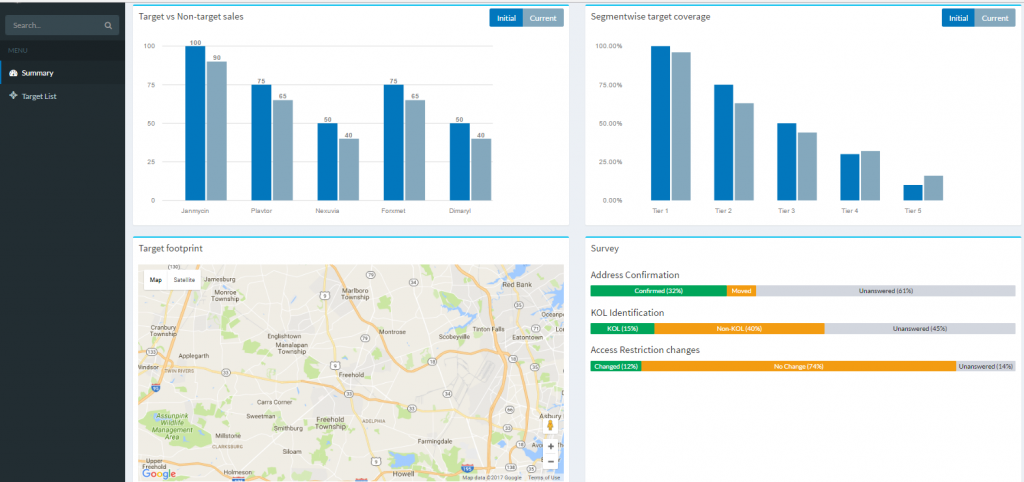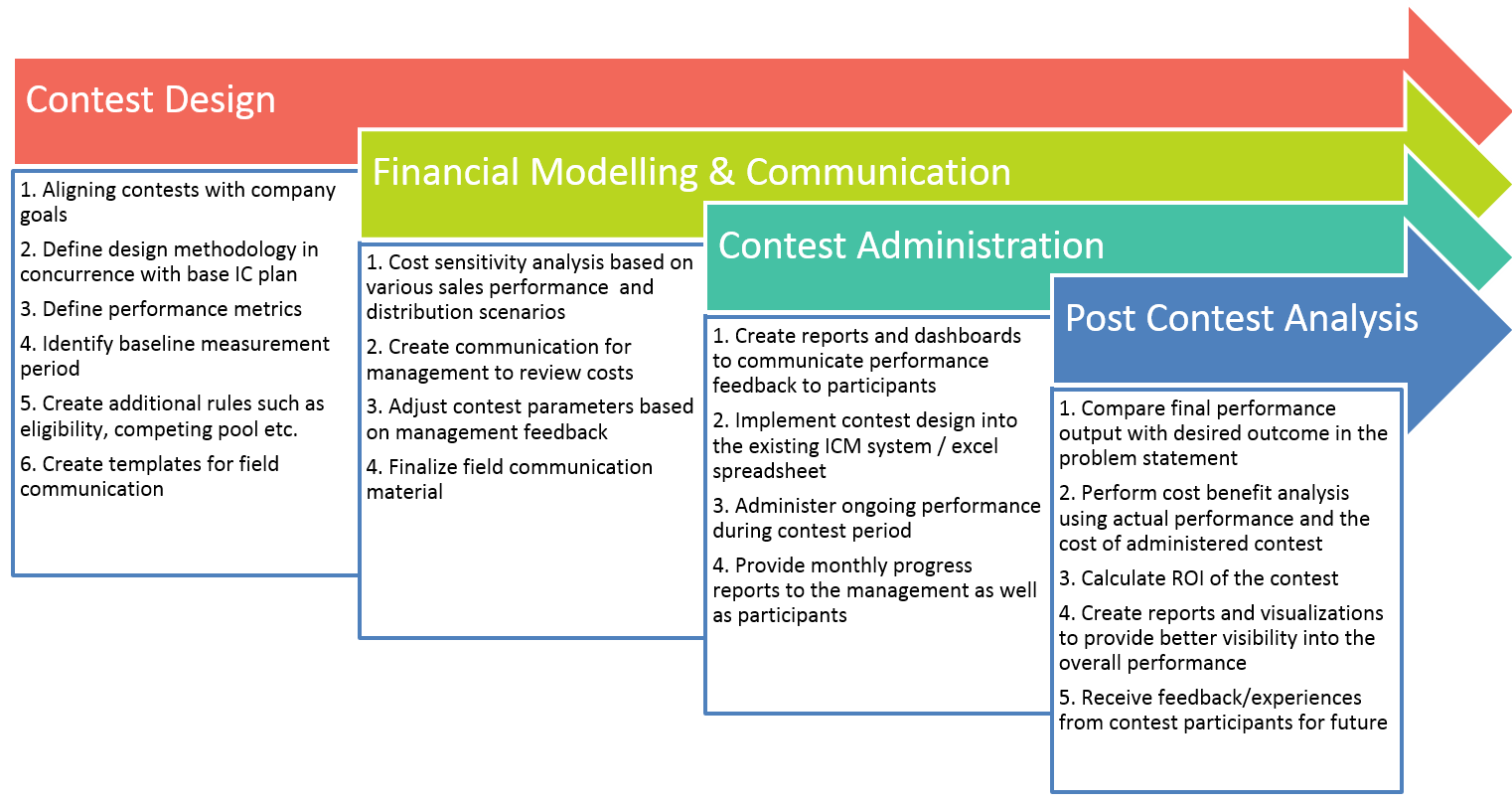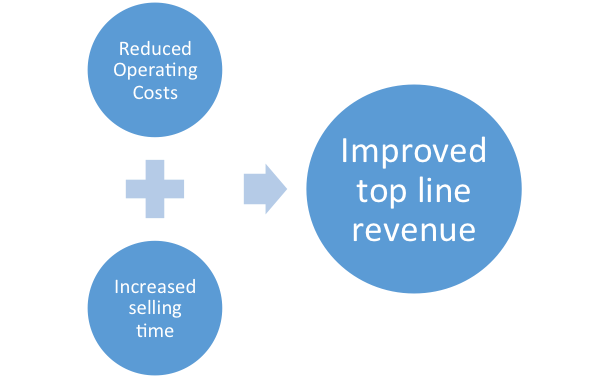2020 has really been a difficult year due to the corona pandemic and several other natural disasters. This has brought never seen challenges to the fore. With COVID-19, the sales environment has shifted because of social distancing and isolation norms resulting in a lack of in-person access. New modes of stakeholder engagement are leading to an impact on all aspects of sales operations. Managing, motivating, and ensuring remote sales forces are effective and engaged during such a period is a challenging proposition. Additional complexity is arising from the fact that different parts of the countries are following significantly different infection and recovery trajectories resulting in the further need for local adjustments. Sales operations teams are constantly striving to keep up with this challenge by adjusting their sales incentive plans to manage the impact on sales personnel. Therefore, I have invited Elliot Scott for this interview to share his perspective on trends and challenges related to sales compensation management in different industries.
Elliot Scott is a sales compensation and sales effectiveness consultant and the owner of Elliot Scott Consulting LLC. He has over 20 years of sales and marketing consulting experience, focusing on sales compensation plan assessment, design, communication, and modelling (for both domestic and international clients), sales organization and job design, quota setting, sales force sizing and deployment, benchmarking, and sales productivity analysis. He has worked with well over 100 clients in 40+ industries in the U.S. and globally. Prior to starting his own business, Elliot held senior sales effectiveness and compensation positions at Towers Watson, The Alexander Group, Korn Ferry Advisory, and ZS Associates. Elliot has also authored articles for Workspan, Synygy Magazine, and other publications and conducted seminars and workshops on sales compensation and related topics at professional conferences in the U.S., Asia, and the Middle East. He has an MBA with honours from the University of Chicago and a BA from Dartmouth College. He can be reached at escott@escottco.com.
Amit: If we keep the current pandemic situation aside, at a broader level, how has the sales compensation landscape changed for several industries, such as insurance, high tech, manufacturing etc., in North America?
Elliot: Over the past several years, business circumstances, the sales process, and sales roles have evolved in important ways, and sales compensation has been challenged to keep up with the changes. For example:
- Shift to Subscription Revenue Models: Almost all industries, along with the software industry, are experiencing a dramatic shift to selling many products as a service (XaaS). The value of a sale may be uncertain at the time of sale, and the revenues come in over time. This makes it extremely challenging to find the right metrics to use for measuring & rewarding sales performance. The role of the salesperson is to find and close new businesses and quickly move on. Ensuring that the product is fully utilized, ultimately resulting in maximizing the revenue, often does not fall under their responsibilities. So, there are two ways a sales compensation plan can be designed:
- Paying based on the estimated value of the contract, OR
- Paying based on the revenues over time
- The first plan is motivational and encourages the salesperson to move quickly on to the next sale, but the second plan ensures that the salesperson will be accurately compensated for the full value of the sale. The challenge with the second plan is that it is less motivational and keeps the salesperson hooked on the account for a longer time which detracts from new business selling. In striking the right balance between the two plans, companies use a variety of schemes, including true-up calculations to previously estimated sale value and commission rates that decline over the length of the deal.
- Greater Access to Information: There are many dimensions to this change. One is that buyers can move much further along in the sales process before engaging with a salesperson. Detailed specifications, demos, reviews, and up-to-the-minute pricing can be accessed online, all at the click of a button. This puts a premium on marketing agility from the solution provider’s standpoint. Having said that, it moves some of the responsibility for prospecting, qualifying, and performing needs assessment away from the sales organization. Furthermore, younger buyers increasingly prefer to buy using apps and online tools rather than by engaging directly with salespeople. Being adept at using online tools, greater use of inside sales & account management & hybrid sales/marketing roles are some of the implications towards crediting the sale. As a result, non-revenue measures, e.g., qualified leads, and team measures, are proliferating, leading to downward pressure on the pay mix, as it becomes difficult to objectively track individual performance.
Amit: What would be the key challenges faced by different industries in the future? With COVID-19, the sales environment has shifted because of social distancing and isolation norms resulting in a lack of in-person access. What are your thoughts on this?
Elliot: While COVID-19 has significantly lessened the emphasis on in-person selling, two things remain true:
- In many industries, particularly those selling to small and medium businesses, customers still value their relationships with salespeople. And salespeople know that if they do not pay attention to their customers, they will buy elsewhere. Customer access will remain important, so the challenge is to find new ways to maintain it. Free calendars and pens are declining in importance, but value-added services like free software and training or sponsorship of events or popular causes, may be of increasing importance. Although building relationships with customers is “old school,” salespeople who can leverage technology to add value will have more chances to exercise their charm.
- As a sales effectiveness consultant for over 20 years, but not a salesman myself, I have long seen that there is such a thing as sales talent. There are some people who, as they say, can sell ice cubes to Eskimos, and sales organizations that can attract and motivate them will continue to do well. I once did a project for a new sales organization selling telecommunications services, over the phone, to small businesses. A full 6 months after launch there was one salesperson (out of 20) who was responsible for 50% of the sales! So, regardless of the sales process and the difficulty of designing a fair and objective incentive plan, companies will continue to need sales compensation plans that can attract and reward talented sellers.
Amit: How are different organizations coping with the pandemic, and what are the measures taken by them on the sales compensation side to ensure that plans continue to be motivating, fair, and fiscally responsible?
Elliot: The pandemic has wreaked havoc with sales organizations. In-person access to customers has declined severely, and demand has departed markedly from the historical trend. A recent CPG client that sells coffee to both restaurants and supermarkets, with two equally sized sales forces, suddenly found business crashing in one segment but soaring in the other. In the restaurant segment, revenue goal attainment became impossible and in the supermarket segment, everyone was going to earn well above target. While managing this under and over-payment situation was a problem, the larger problem was resource allocation. Even with all the valuable pre-sales activities the restaurant sellers might do, much of their time was better used serving an entirely different segment. Perfectly calibrating goals and plans to accommodate this dramatic change and uncertainty is impossible. So financial motivation in the form of individual pay for performance had to take a back seat to fairness and fiscal responsibility. Fortunately, the incentive plans for the company were already capped (something generally to be avoided but sometimes necessary) and had at best, a moderate level of incentive opportunity. While this had likely hurt them in the past, it made it less of an impediment to resource allocation.
In this pandemic, many companies believe they have additional leverage over their salespeople, knowing that it is hard to switch sales jobs when industry revenues are declining, and some have responded by cutting payout rates dramatically. At the same time, businesses do not want to drive their highest performers away when business picks up. This has led to a proliferation of individualized compensation arrangements.
Amit: What has been the most frequently used approach/measure by organizations to deal with this situation? Are organizations moving towards paying at target, adjusting goals, moving to longer performance periods, or something else altogether?
Elliot: Most sales organizations recognize that paying everyone at target will undermine motivation and performance. This is less the case with inside or online sales organizations, where activity is more easily monitored and taking the day off cannot be kept secret. Most companies have taken more sophisticated approaches that touch multiple dimensions of plan design: lower mix with partial guarantees, changing performance measures to increase the weight of MBOs and non-revenue measures, lowering thresholds and flattening payout curves, and, yes, adjusting goals. Adjusting goals is tricky, particularly when the impact of the pandemic on the overall forecast remains unknown. The objective of the exercise should be to preserve the distribution of performance and pay so that higher performers earn more than lower performers, regardless of absolute levels of goal attainment. Think of it as grading on a curve, driven by input from sales, finance, and human resources, and communicated as openly as possible._
Amit: How do you see sales compensation solutions evolve going ahead? How will the sales compensation need of organizations change in the future?
Elliot: The increase in the amount of available data, the decrease in the ability to effectively measure individual sales revenue at the time of sale, and the proliferation of hybrid sales/marketing roles will continue to drive underlying complexity in sales compensation programs. Performance measures like product usage, or even time spent on multiple pre-sales platforms, are increasingly available and may be better aligned with salesperson effectiveness than more traditional measures. So, the data used to measure and pay on sales performance will become more diverse, as has happened in more technically sophisticated organizations. But complexity undermines line of sight and sales motivation, so the challenge will be to harness this data and use it in plans that remain simple, easy to understand, and objectively and reliably measured.
Amit: What would be your recommendations to organizations using old-world legacy systems or are still working off Excel workbooks?
Elliot: While SPM vendors are unable to pronounce “spreadsheets” without sneering, most sales organizations, particularly smaller ones, use them exclusively to administer their sales compensation plans. And for some, they work well. But as businesses grow, complexity can quickly overtake the ability of spreadsheets to manage changes efficiently. Spreadsheets can generally calculate payouts for any plan, but they are not at all optimal for managing changes to underlying data. When changes in reporting relationships, titles, targets, pricing, products, and distribution become more frequent, spreadsheets become unworkable without a large team of administrators. On top of it, when manual data entry is involved, they are more prone to human error, which also increases with complexity. It’s a truism that your salespeople will catch these errors…but only those that are not in their favour!
An under-appreciated advantage of SPM over spreadsheets is its ability to provide impactful, accurate, and timely reporting to both the salesforce and management. I know of no situation where spreadsheets can match SPM in this regard. Knowing how you are performing can be almost as motivational as the incentive earnings you receive at the end of the performance period.
But there are two things that have consistently made SPM implementations less successful than their vendors would have you believe. The first is that they are often very costly. Not only can the cost of the software be significant, but there can also be an enormous implementation cost, not to mention the cost of professional services to manage plan changes, which vary from application to application. The second is that once implemented, the software does not seem to work properly, not because of bugs but because important details fell through the cracks in the implementation process. My advice to companies contemplating SPM implementation is first to look carefully at all the costs, current and projected, and expect that they may be higher than projected. Second, do not underestimate the challenge of successful implementation. Setting up and testing all the data feeds properly, with internal subject matter experts who understand not only the data but what can go wrong, is critical and may take longer than you plan. If you pay a lot of money for a large SPM implementation, find it doesn’t work, try to fix it and fail, and ultimately write off the investment, you will not be the first company to do so.
Amit: Do you think the SPM solution industry is well placed to explore the market potential, or are there areas that they need to work upon? If Yes, what would those areas be?
Elliot: The SPM industry has been successful and continues to grow. It certainly is not going away, and as with Salesforce.com, the capabilities of SPM solutions have increased a great deal over time, driving adoption and reach within customer organizations.
A recent trend has been for SPM providers and integrators to tailor their solutions more closely to individual industries. It may not be that the software needs to differ significantly between industries, but the data feed and its relative importance of them can differ from industry to industry. Likewise, user interfaces need to be intuitive and industry-specific. SPM providers and implementers have done a good job tailoring their marketing by industry, but the tailoring of the products and implementations needs to catch up.
As a consultant who specializes in helping companies assess and design their sales compensation plans, it has long been puzzling that SPM providers and implementers have not yet driven me out of business. If they want to be full-service providers, they cannot ignore the critical importance of plan design. Traditionally, plan assessment and design work has been seen by the SPM industry as a delay or roadblock to sales. They may tell customers that they can help them with that work, but most have not built the capability. For one thing, a high percentage of service revenue may undermine the market value of software companies, and it is true that design + implementation take more time than implementation alone. But without well-designed plans, SPM customers will not get full value from their systems. I am fine with that because then those customers will call me. But in the long run, it may be a missed opportunity for the industry.
Amit: In conclusion, we can say that this unprecedented period has forced organizations to do some rethinking on their overall sales compensation management philosophy, but their choices have been constrained due to the limitations of their legacy systems. The new selling structures and additional behavioural changes may require the introduction of a new thought process that can be combined with the new-age technology ecosystem. This may allow companies to innovate in their sales compensation philosophy while significantly improving their operational efficiency, payout quality and timeliness, adherence to process compliance and overall motivation of their salesforce.
Thank you, Elliot, for taking time out and talking to us on such a strategic and complex subject. I am confident that your ideas will help readers deep-dive into their sales compensation plans while also re-evaluating their sales compensation solution ecosystem to use that as a competitive advantage.
What has been your experience with challenges related to Sales Compensation Management? How are you dealing with your sales incentive plans during a pandemic? Feel free to reach out to us at amit.jain@aurochssoftware.com / Incentius in case you have any questions or to talk about your current challenges and bounce off any ideas with no strings attached.












